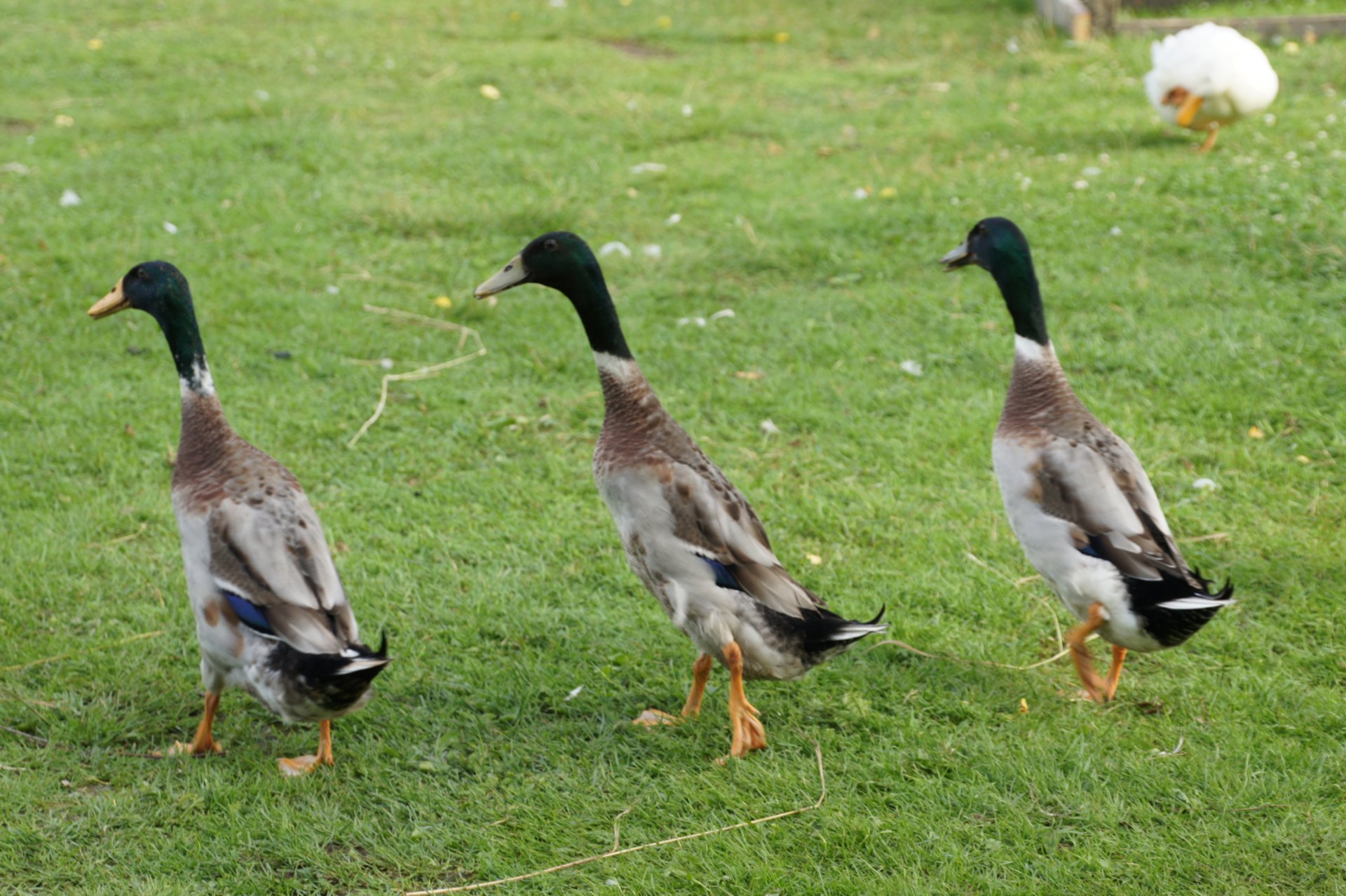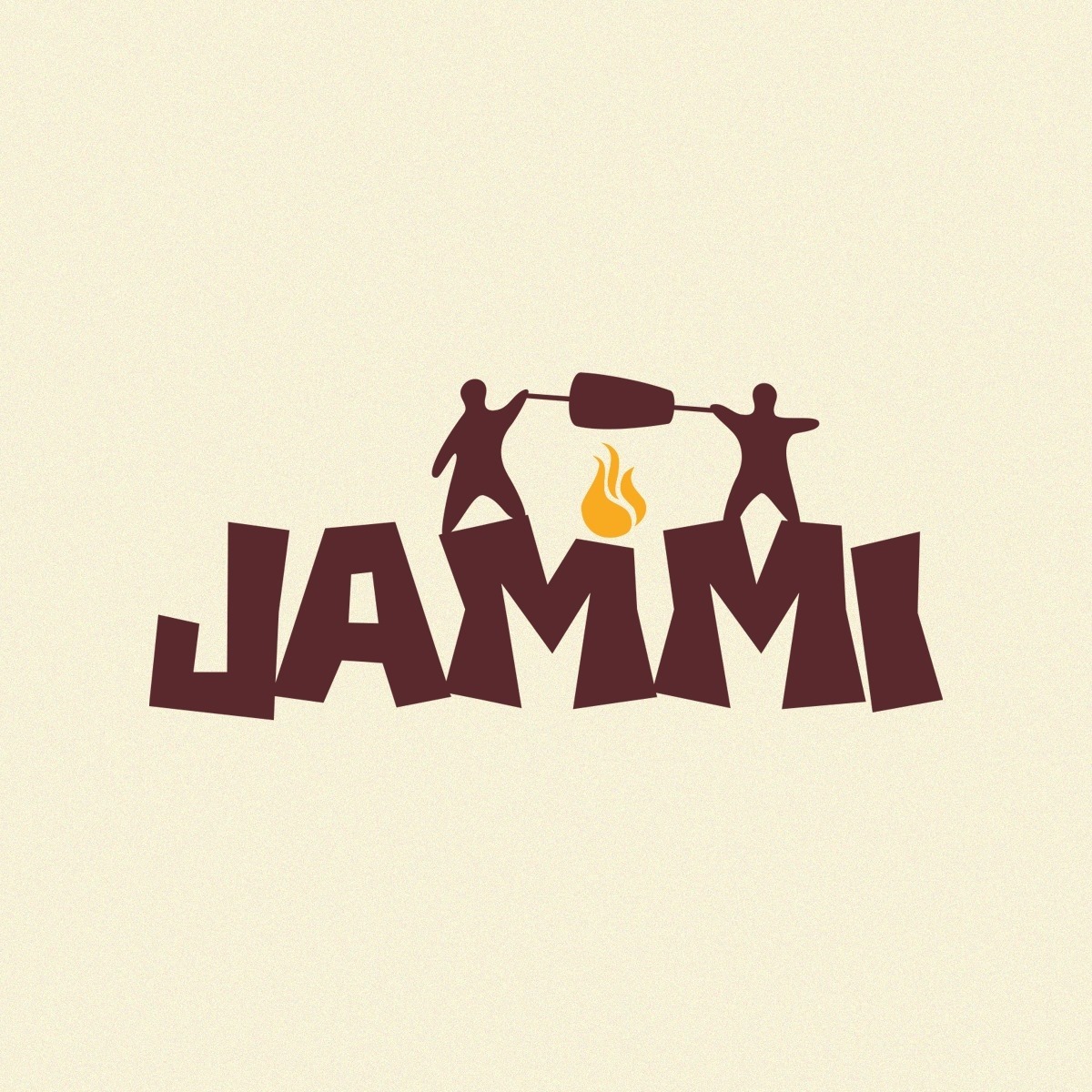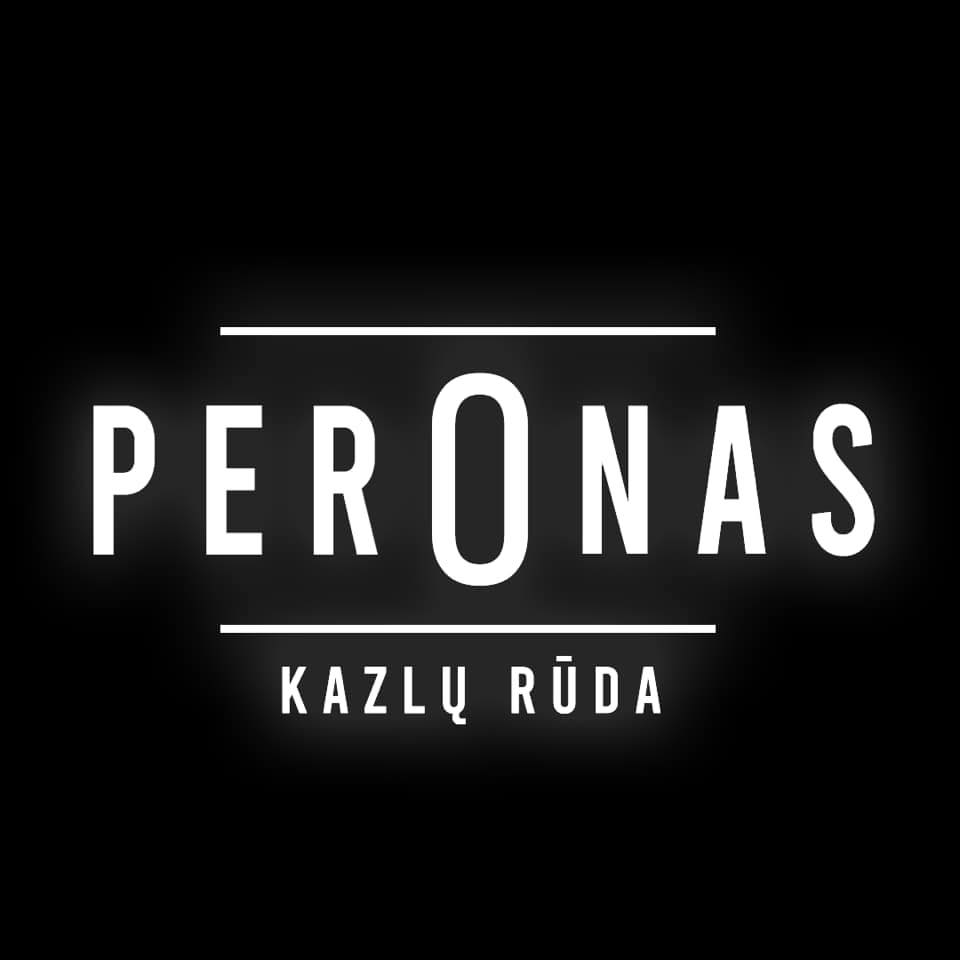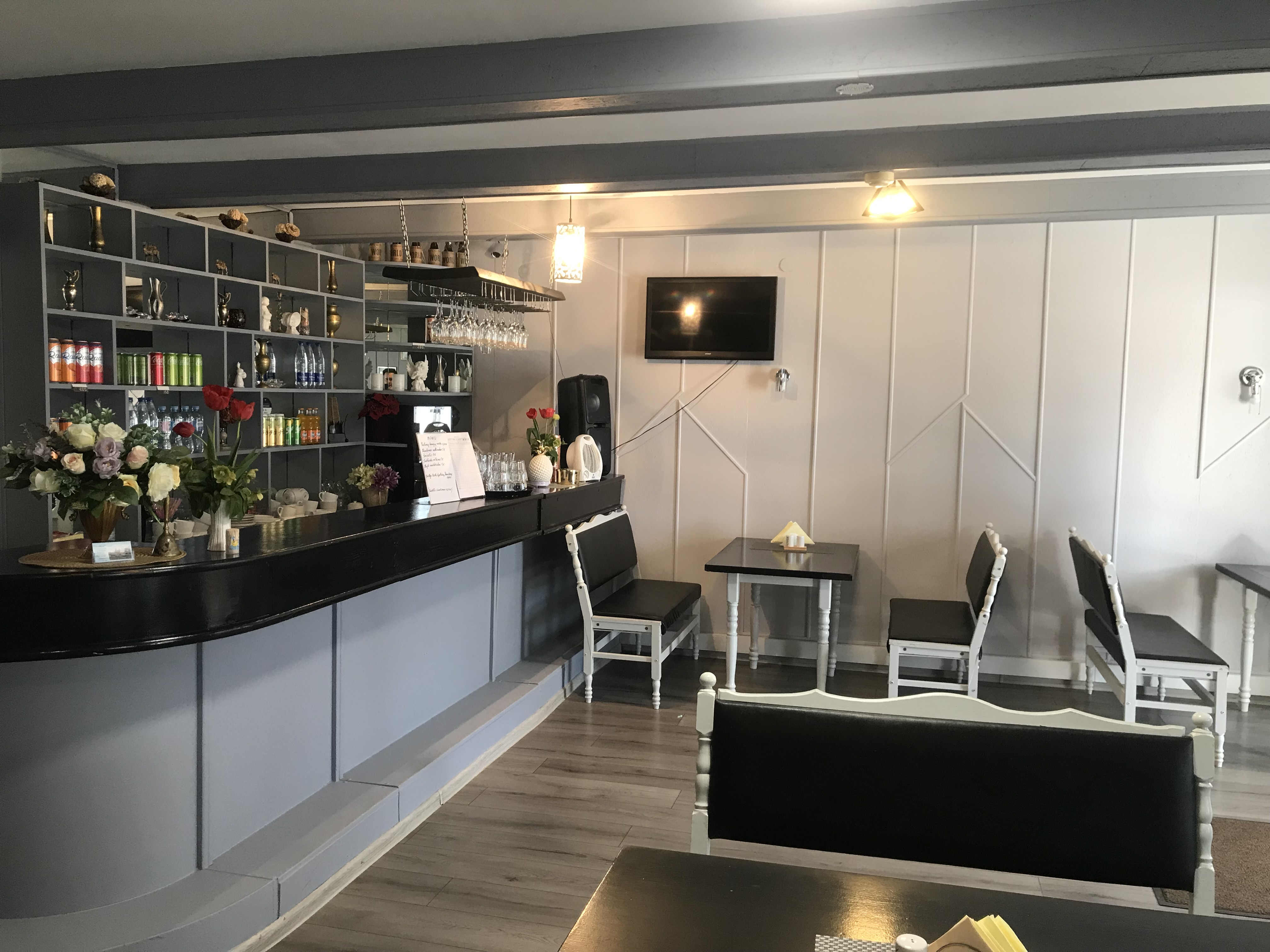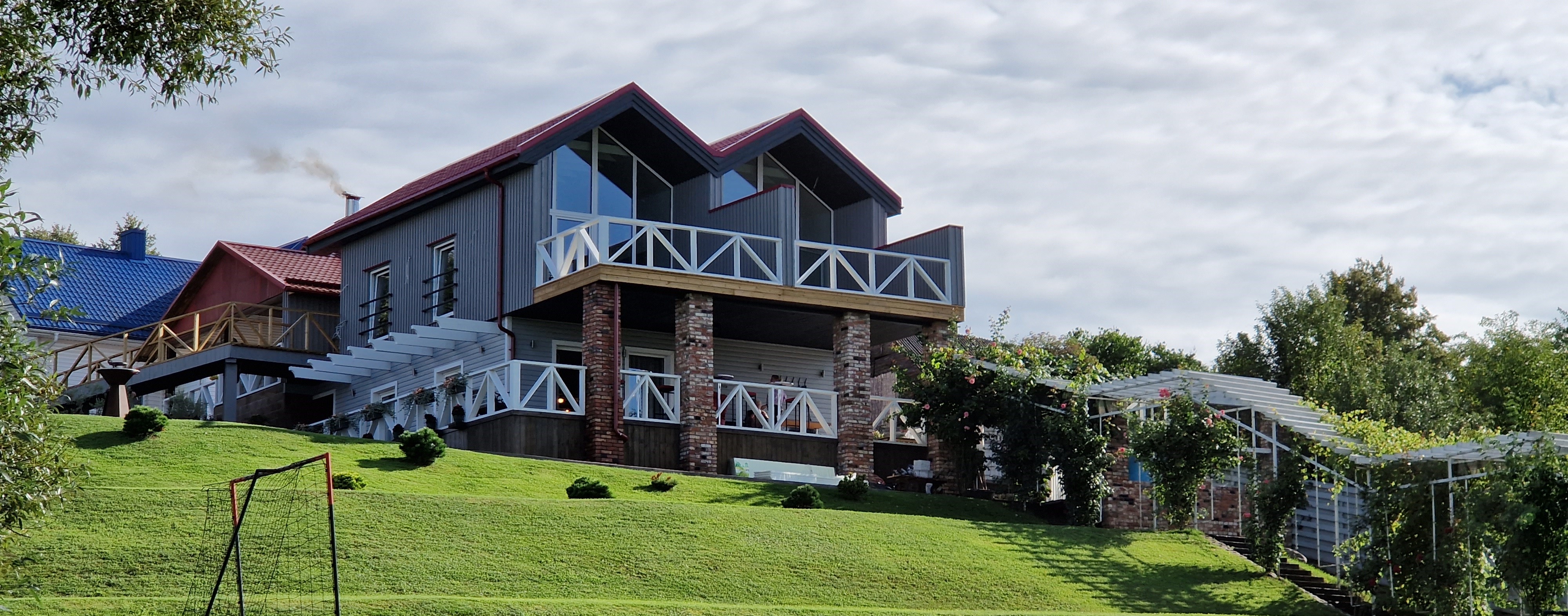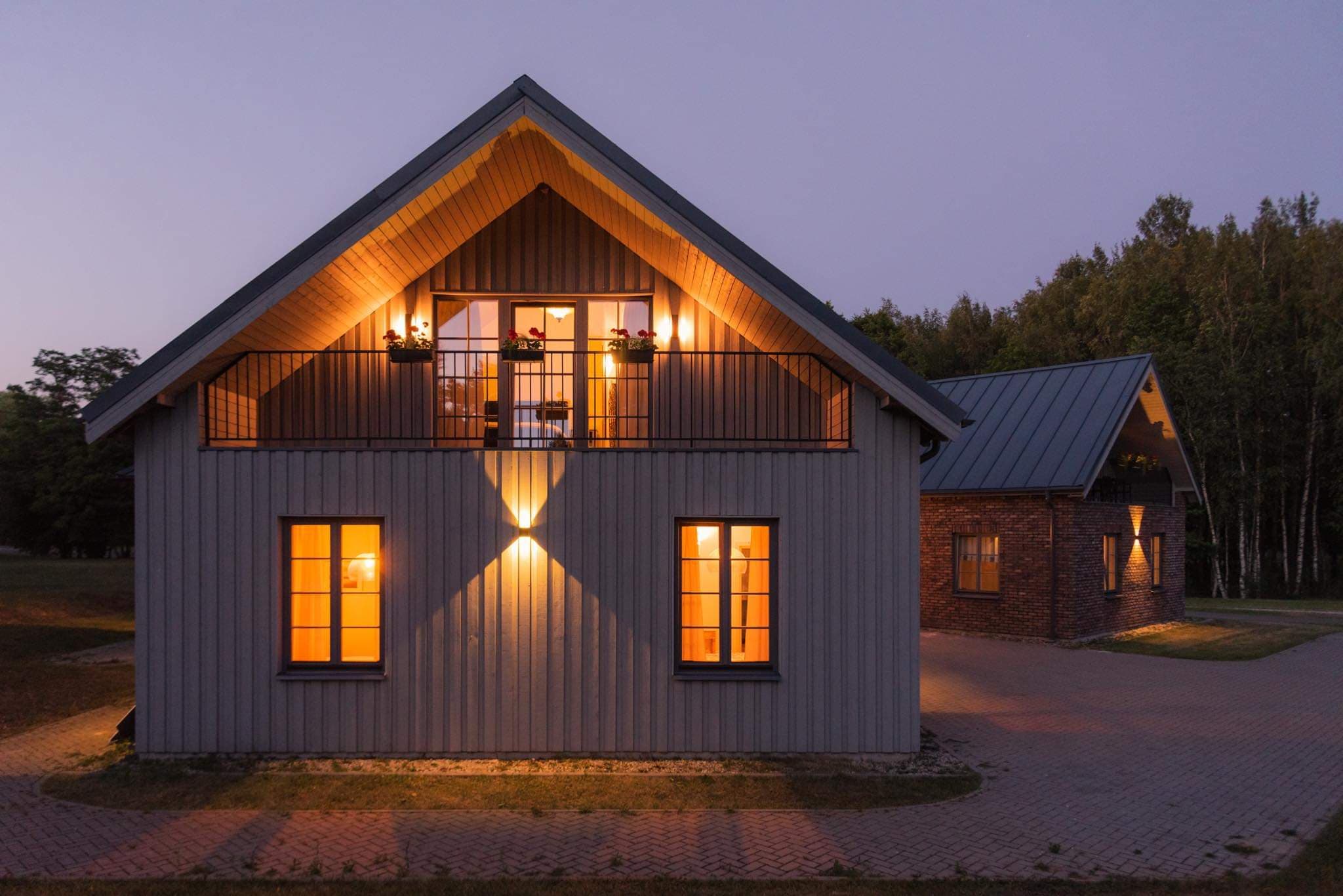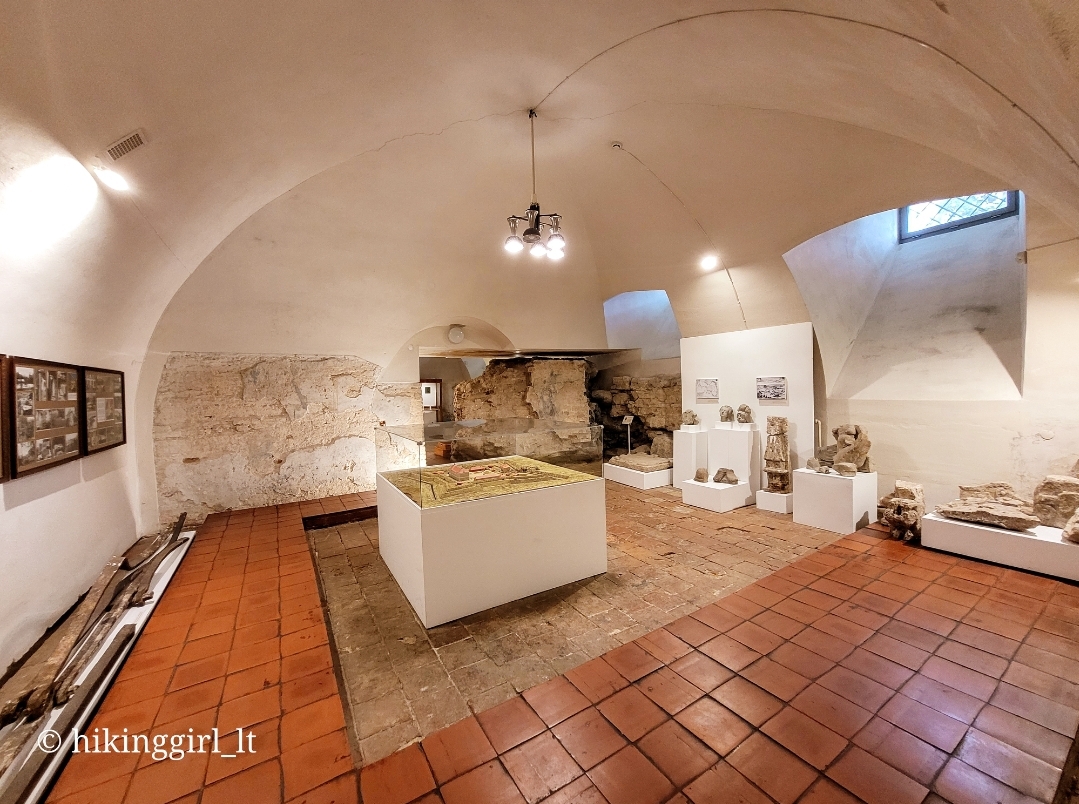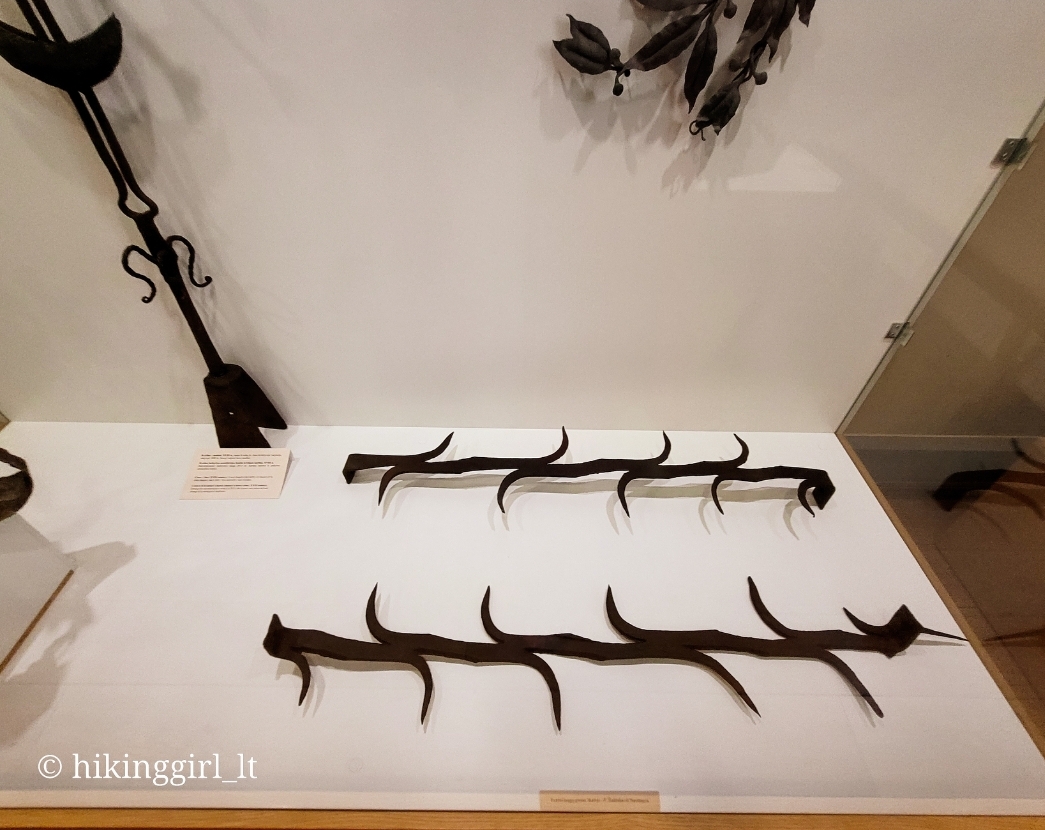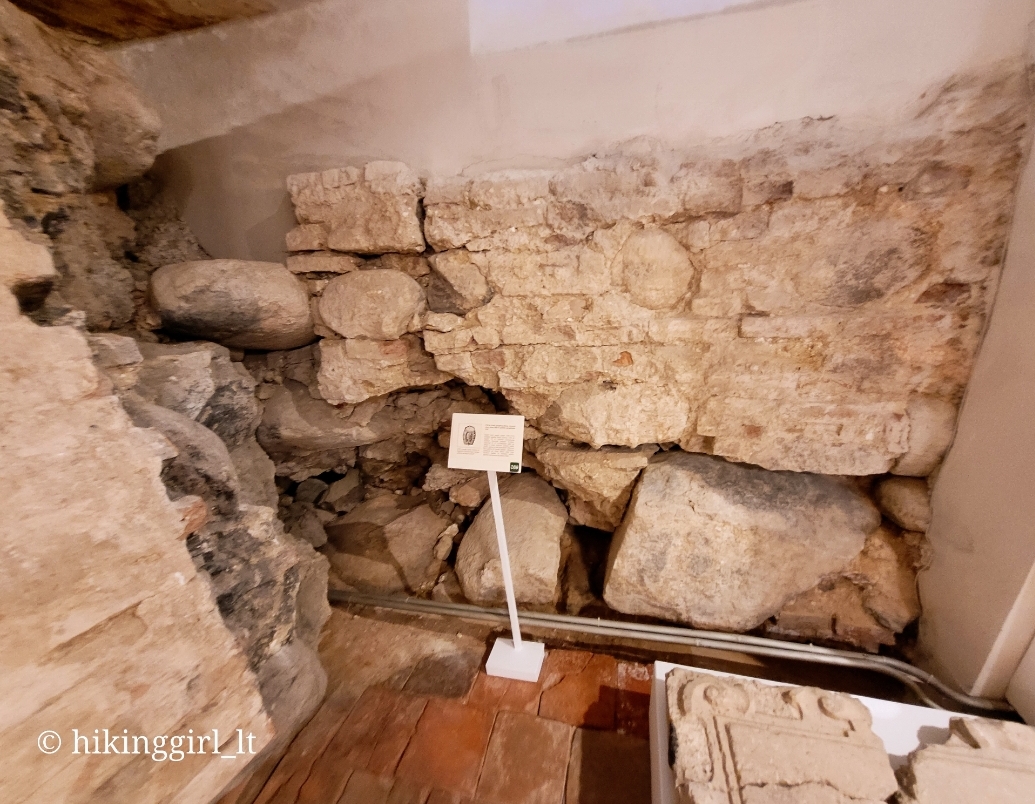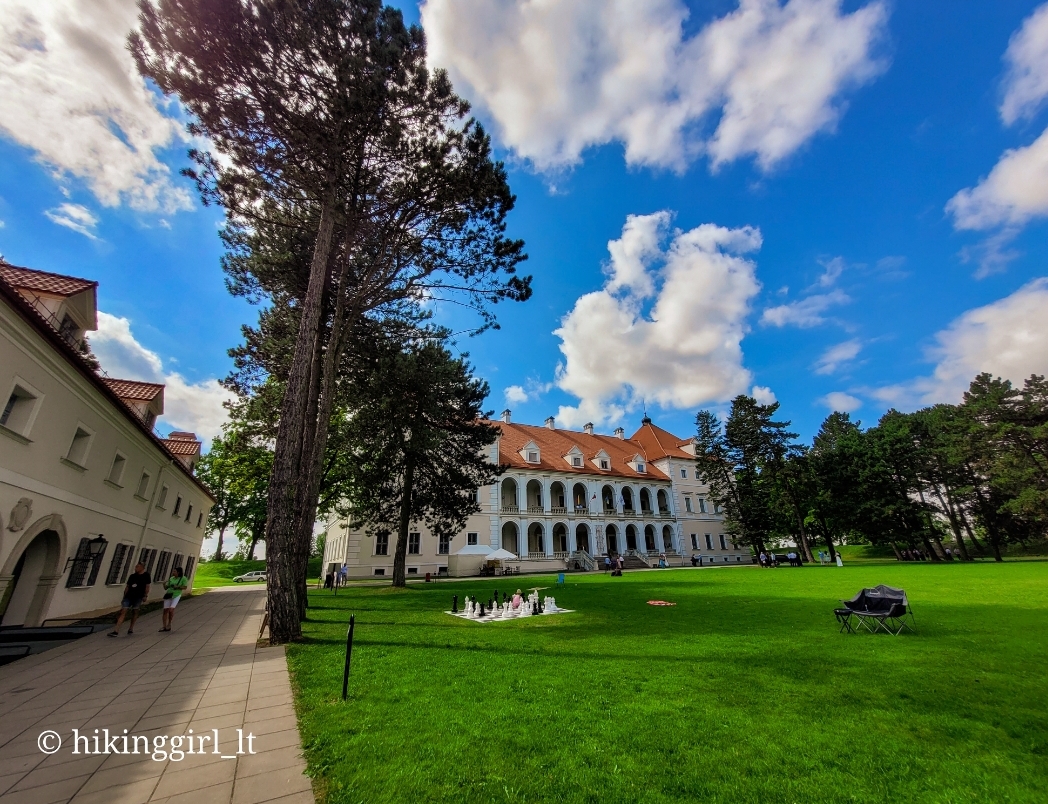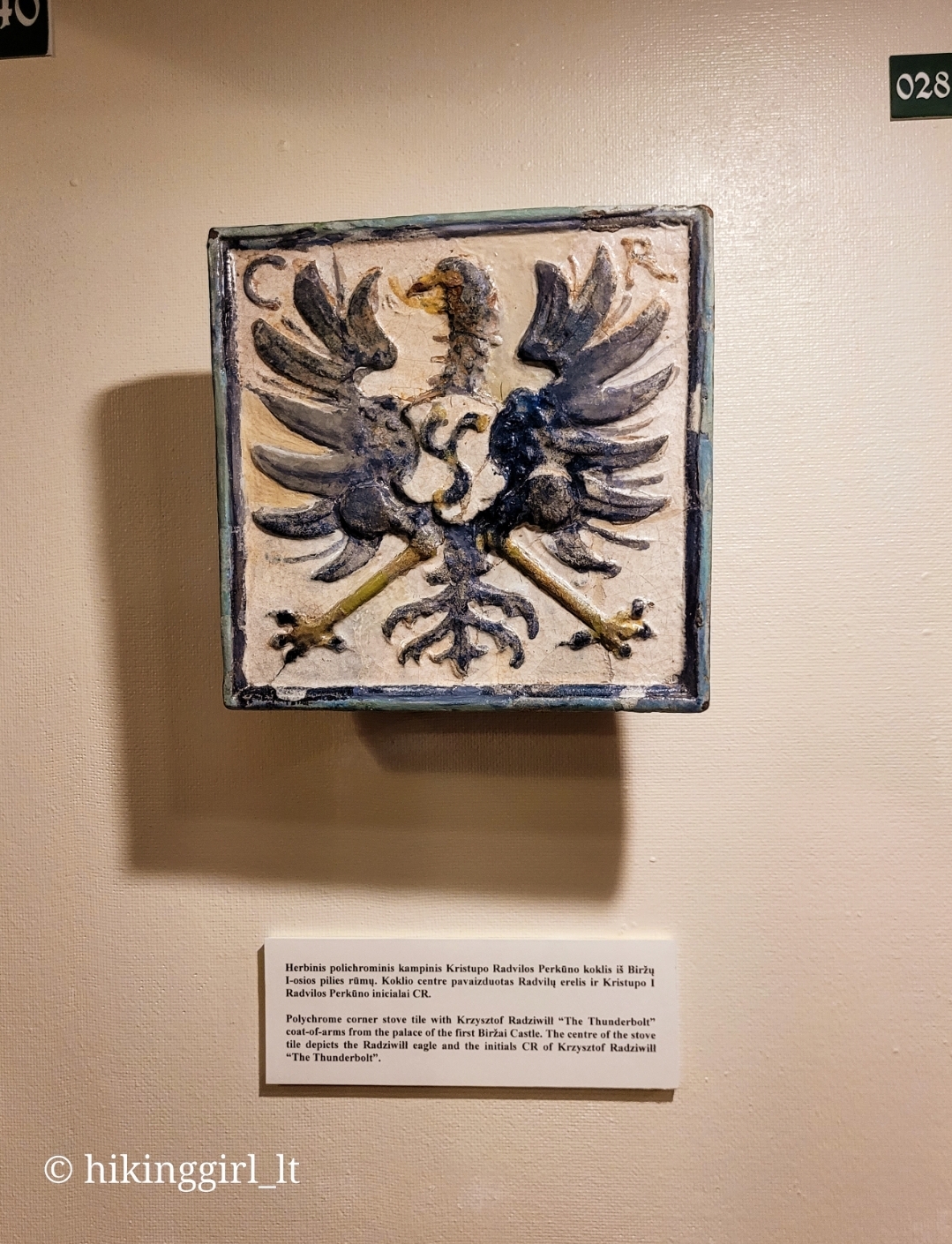Biržai Castle Palace-Museum

73

2

1
Duke Kristupas Radvila (1547–1603) built the most modern bastion fortress of its time in Lithuania in Biržai. Construction began in 1575 after damming the Apaščia and Agluona rivers. By 1589, the fortress was completed, featuring a palace, an Evangelical Reformed church, an arsenal, and barracks. The wars between Lithuania and Sweden (1600–1660) in the 17th century repeatedly destroyed the fortress. In 1637, Kristupas II Radvila initiated its reconstruction based on the Dutch fortification model. In 1659, Bogusław Radvila regained the castle, but construction halted after his death. In 1671, his daughter, Ludwika Karolina Radvilaitė, resumed the work, and by 1682, a larger defensive complex had been built. During the Great Northern War (1700–1721), the Swedes captured and destroyed the castle. Between 1978 and 1986, the representative palace was restored, followed by the gunpowder magazine, bridge, and arsenal building.
Informacija
-

Pilys
-
Birzai
-
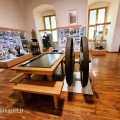




TOP lankytinos vietos
Kategorija „Top lankytinos vietos“ kviečia atrasti pačias populiariausias ir įspūdingiausias vietas, kurios privalo būti kiekvieno keliautojo sąraše.
Daugiau vietų aplankytiTOP muziejai
Kategorija „Top muziejai“ kviečia aplankyti žymiausius muziejus, kurie siūlo nepamirštamą kultūrinę ir edukacinę patirtį.
Daugiau vietų aplankytiTOP pramogos
Kategorija „Top pramogos“ kviečia patirti populiariausias ir įdomiausias pramogas, kurios garantuoja nepamirštamus įspūdžius.
Daugiau vietų aplankytiTOP maitinimo įstaigos
Kategorija „Top maitinimo įstaigos“ kviečia atrasti geriausius restoranus ir kavines, siūlančius išskirtinius kulinarinius potyrius.
Daugiau vietų aplankytiTOP nakvynės įstaigos
Kategorija „Top nakvynės įstaigos“ kviečia apsistoti geriausiuose viešbučiuose ir svečių namuose, siūlančiuose aukščiausio lygio komfortą ir paslaugas.
Daugiau vietų aplankyti
 Pramogos
Pramogos
 Maitinimo įstaigos
Maitinimo įstaigos











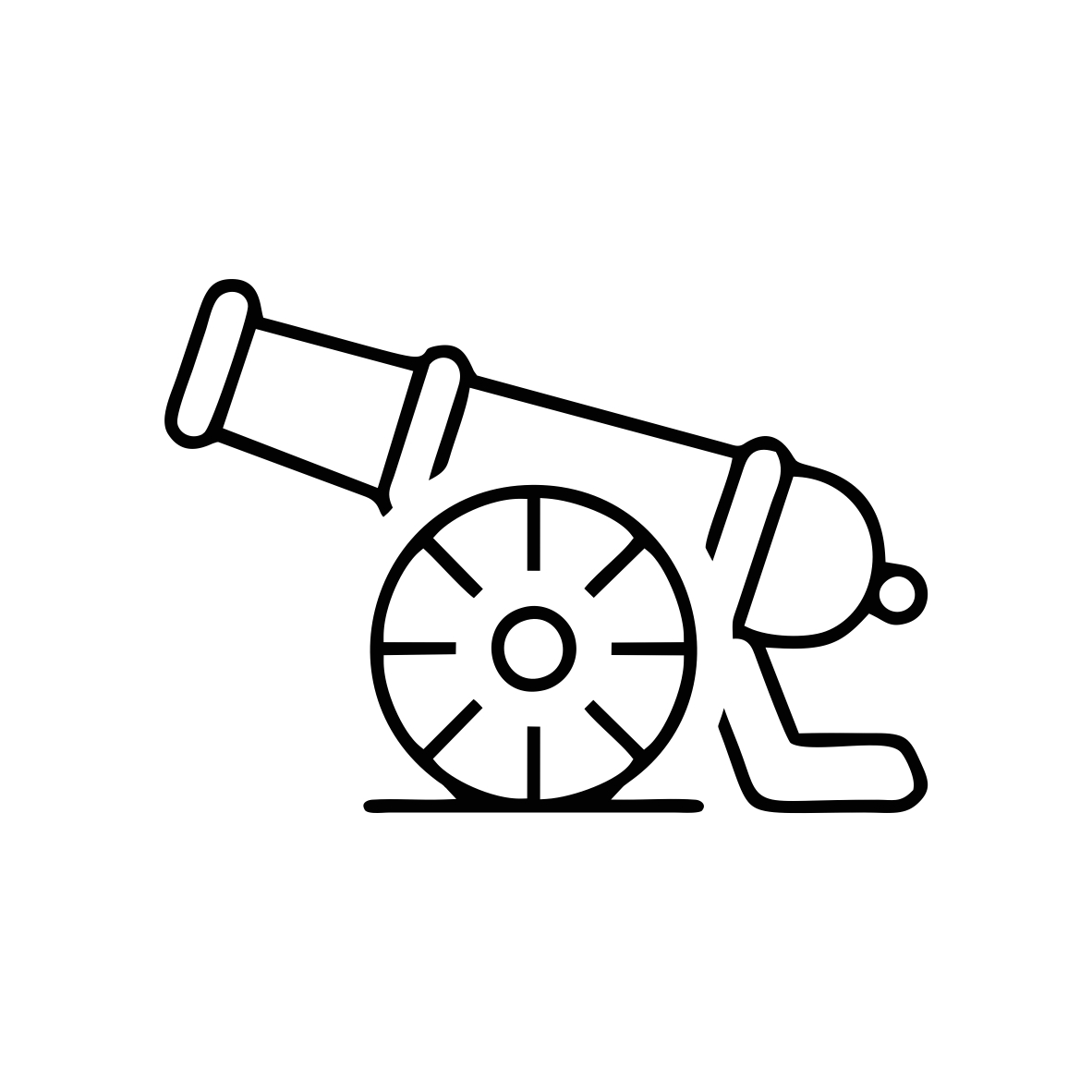


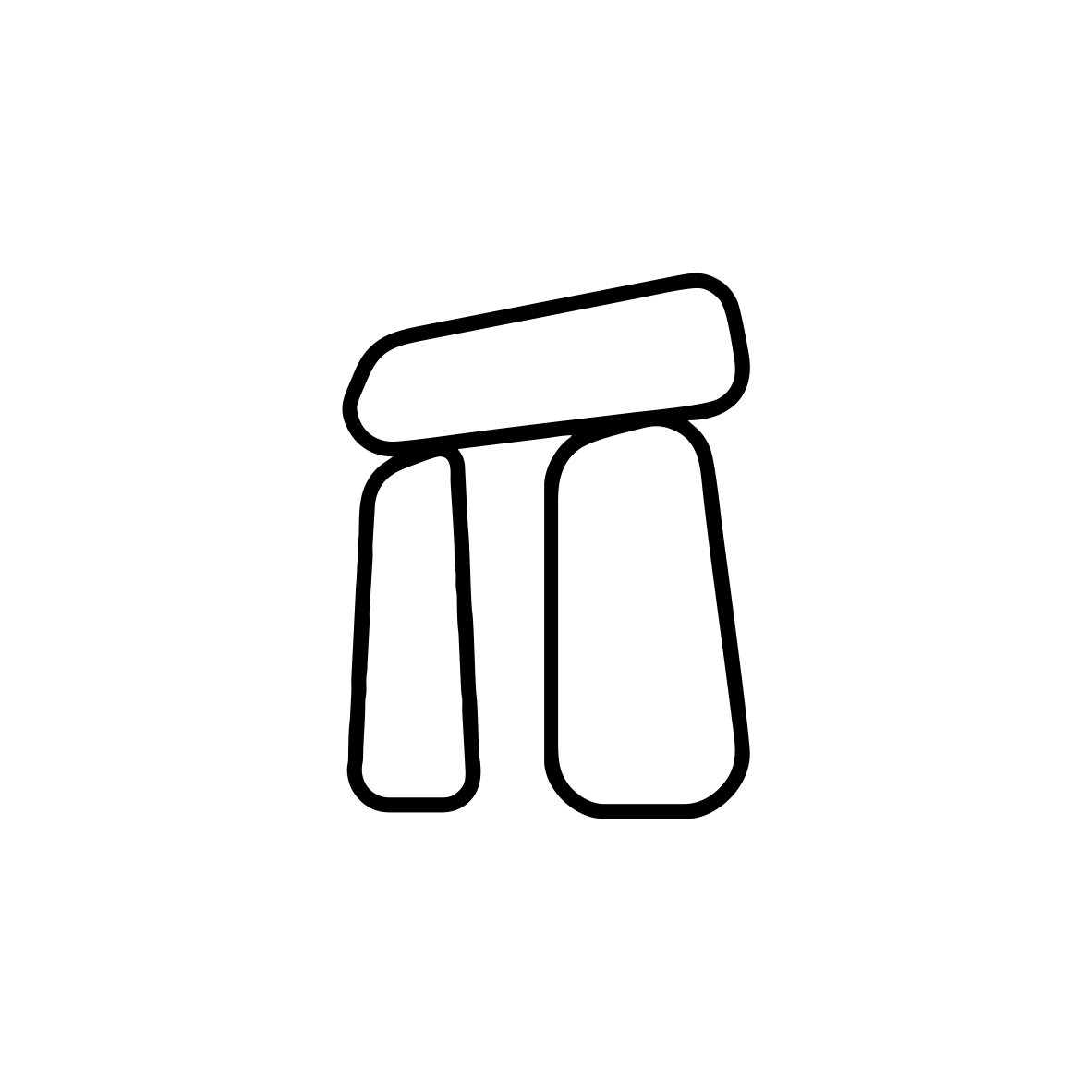



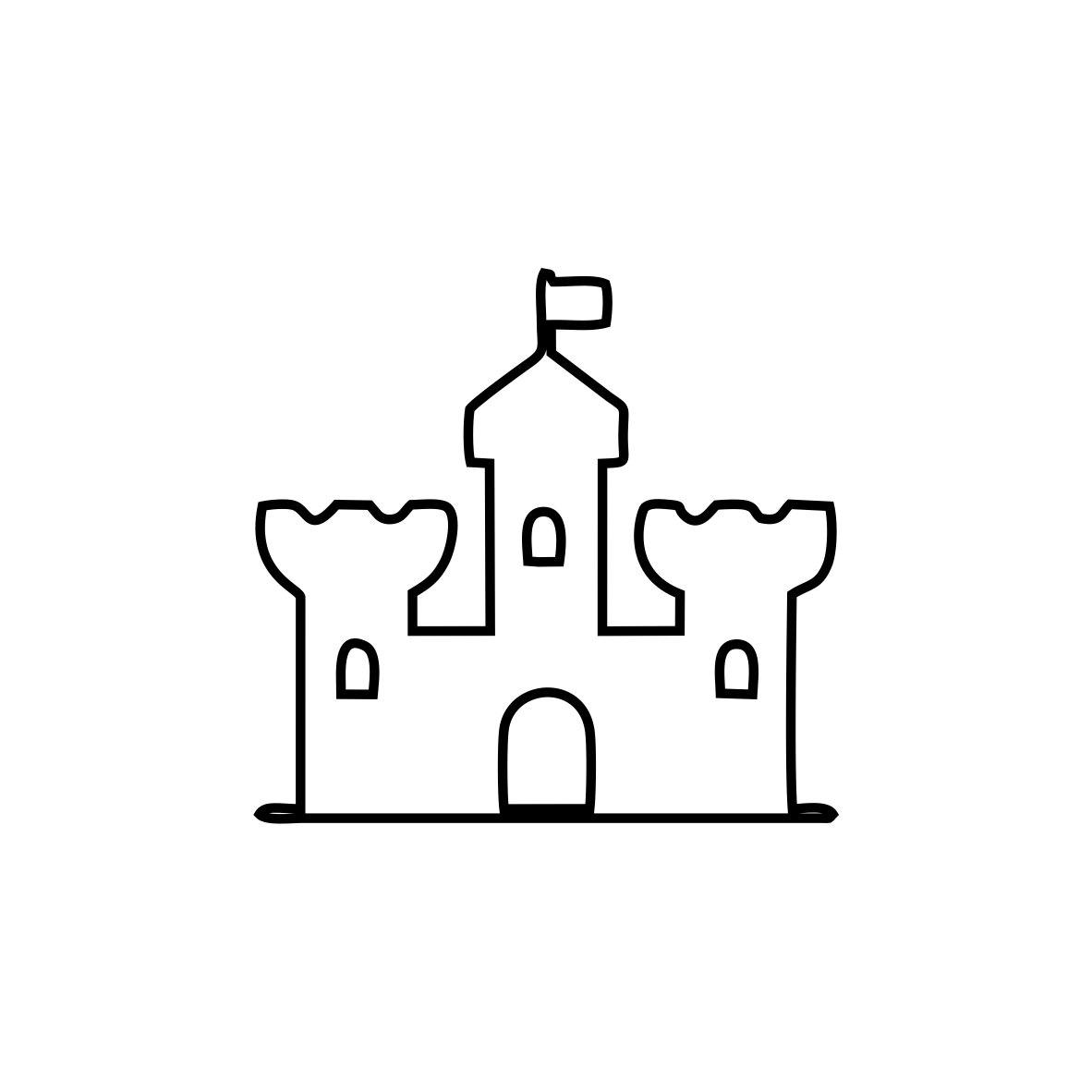
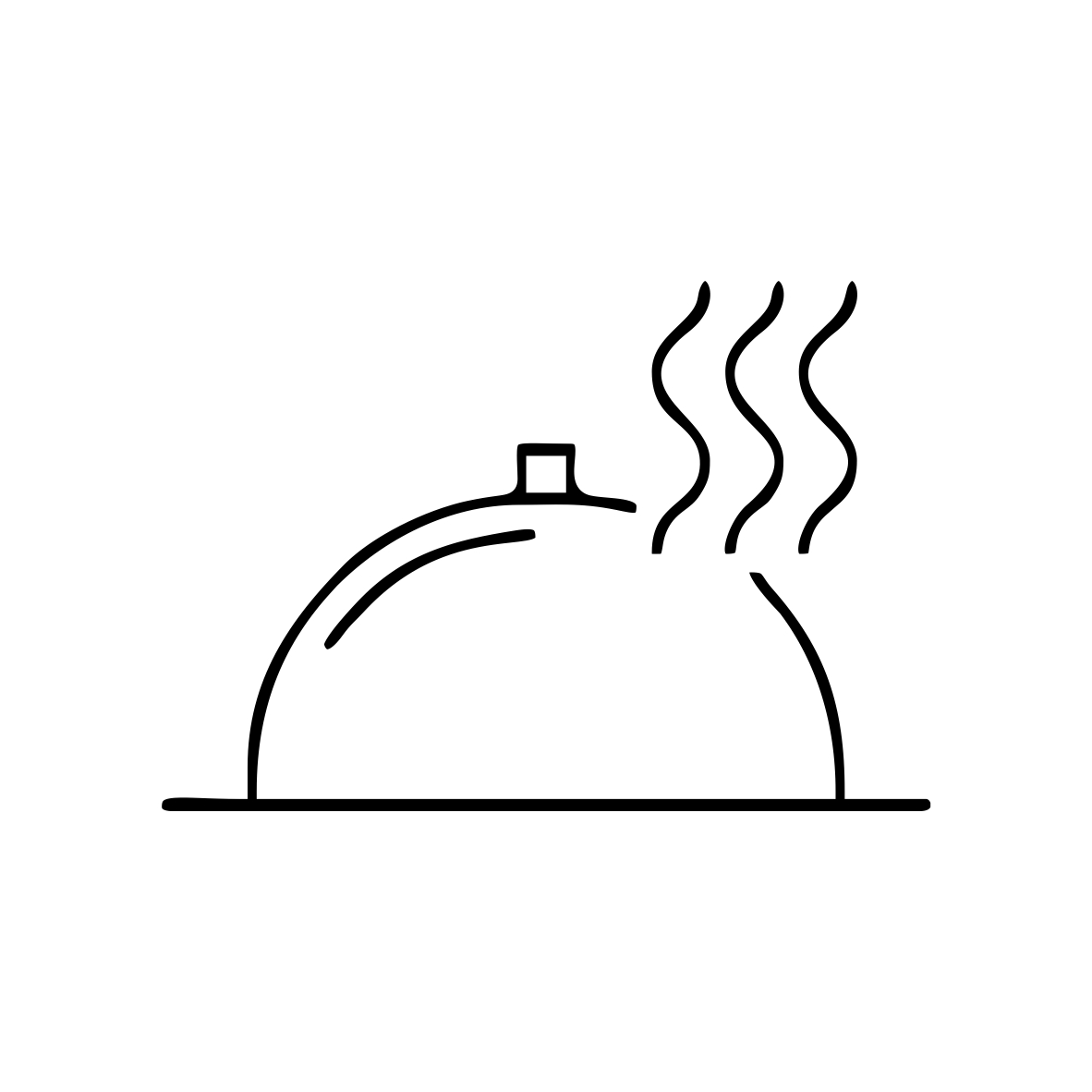





 56.204842, 24.75338
56.204842, 24.75338
 Gauti nuorodas
Gauti nuorodas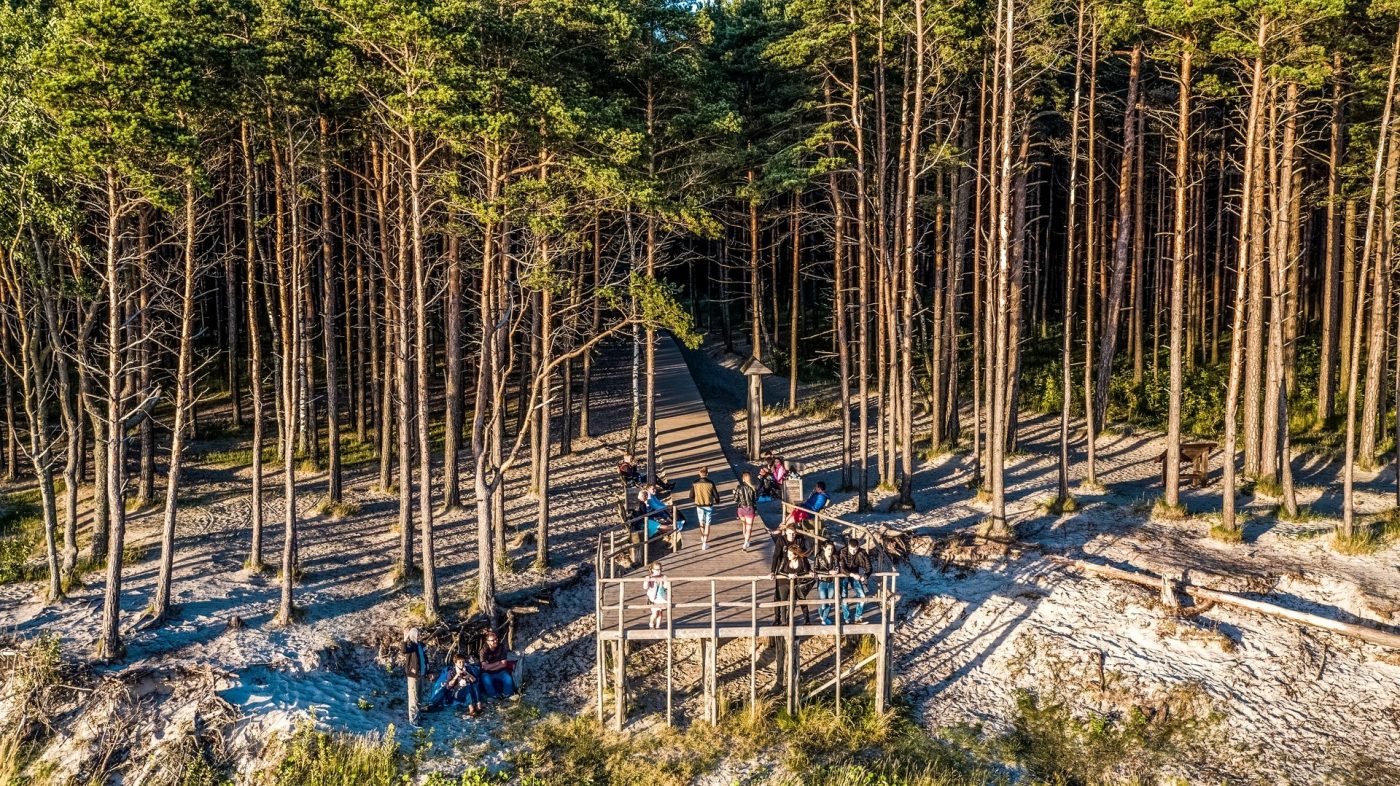
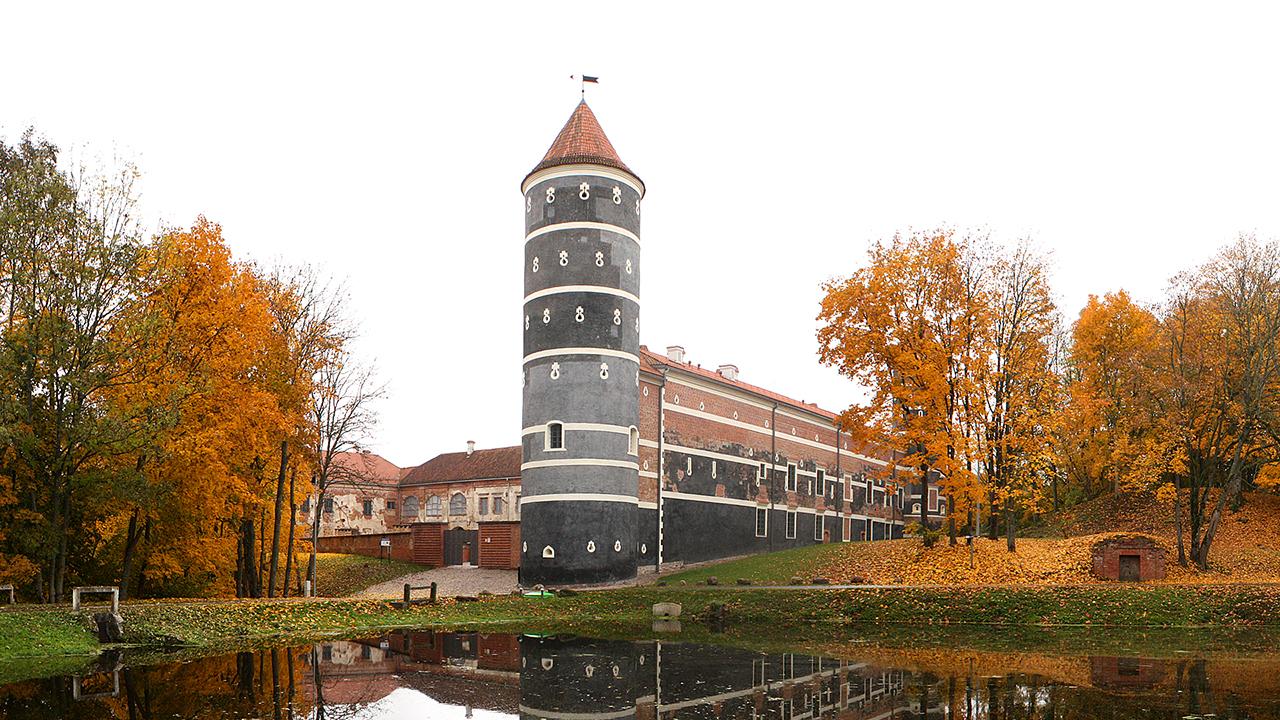


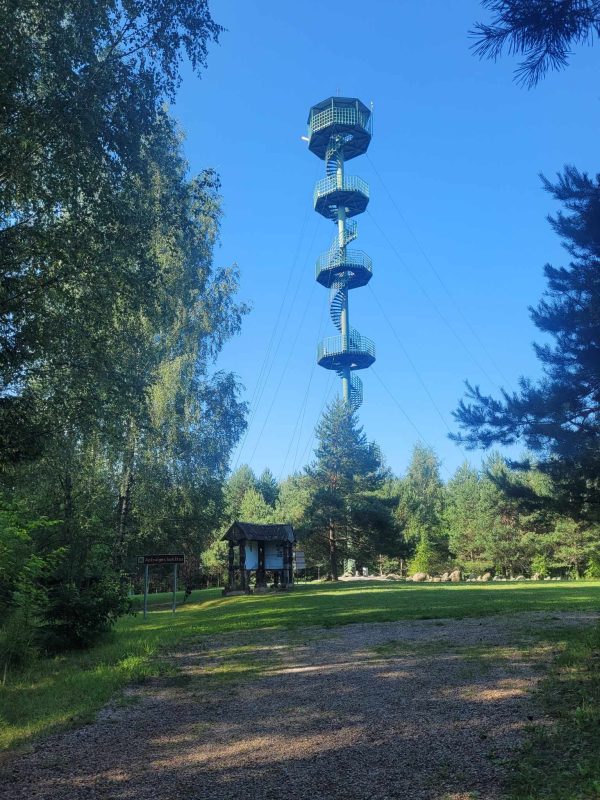
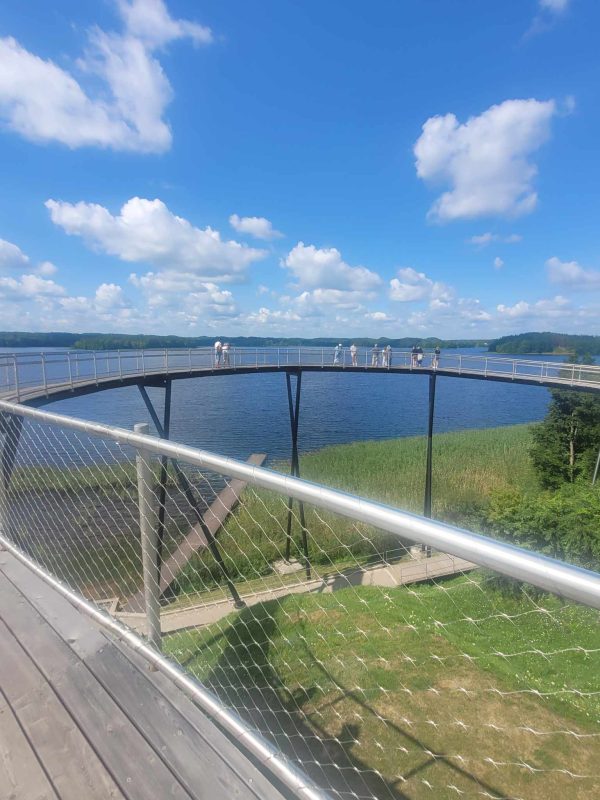
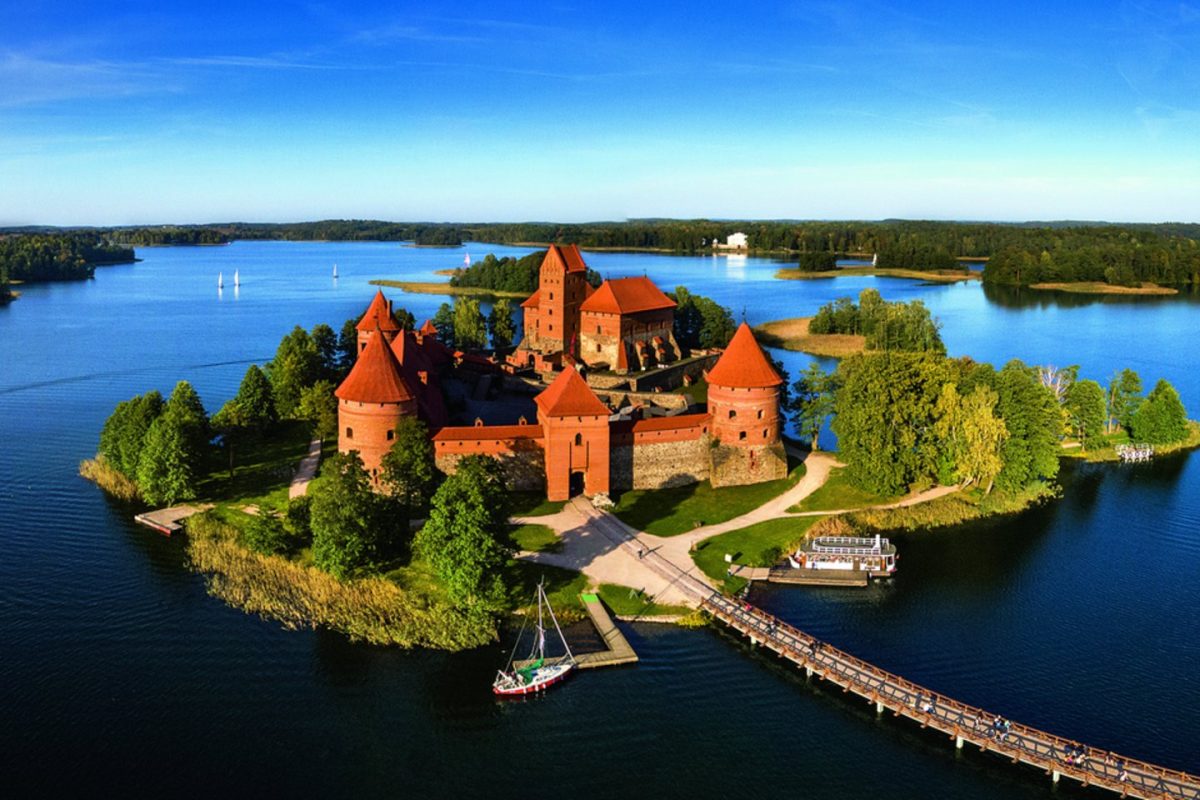


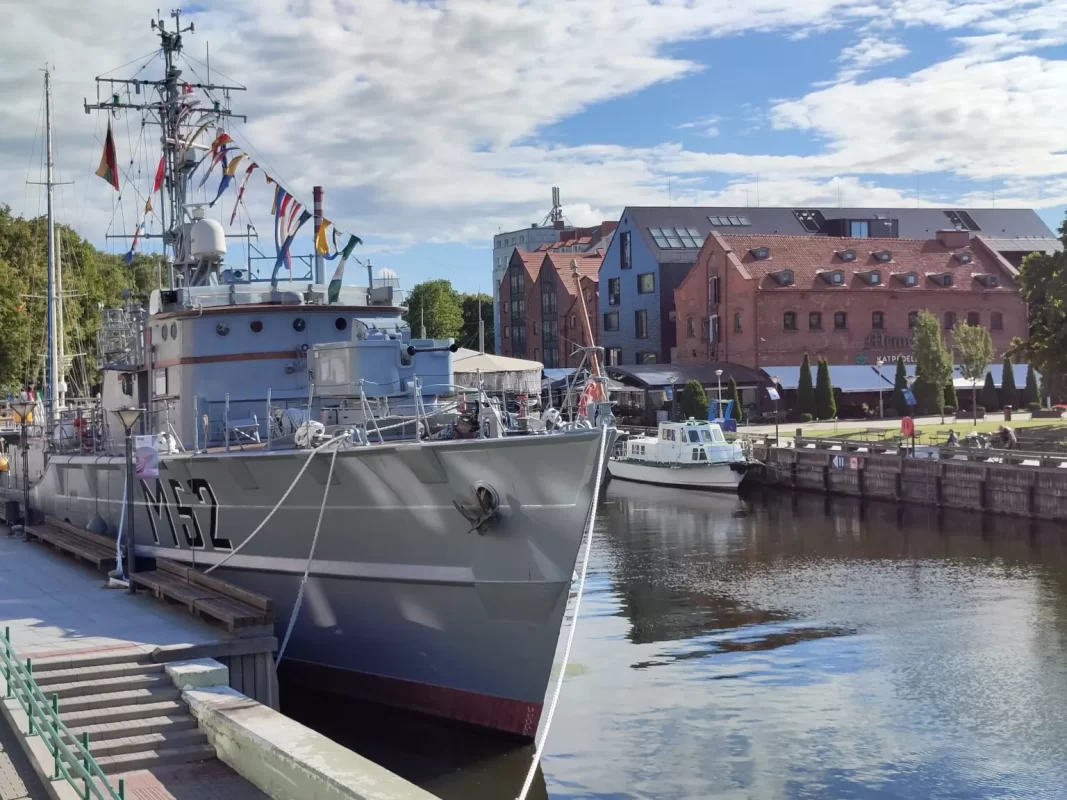
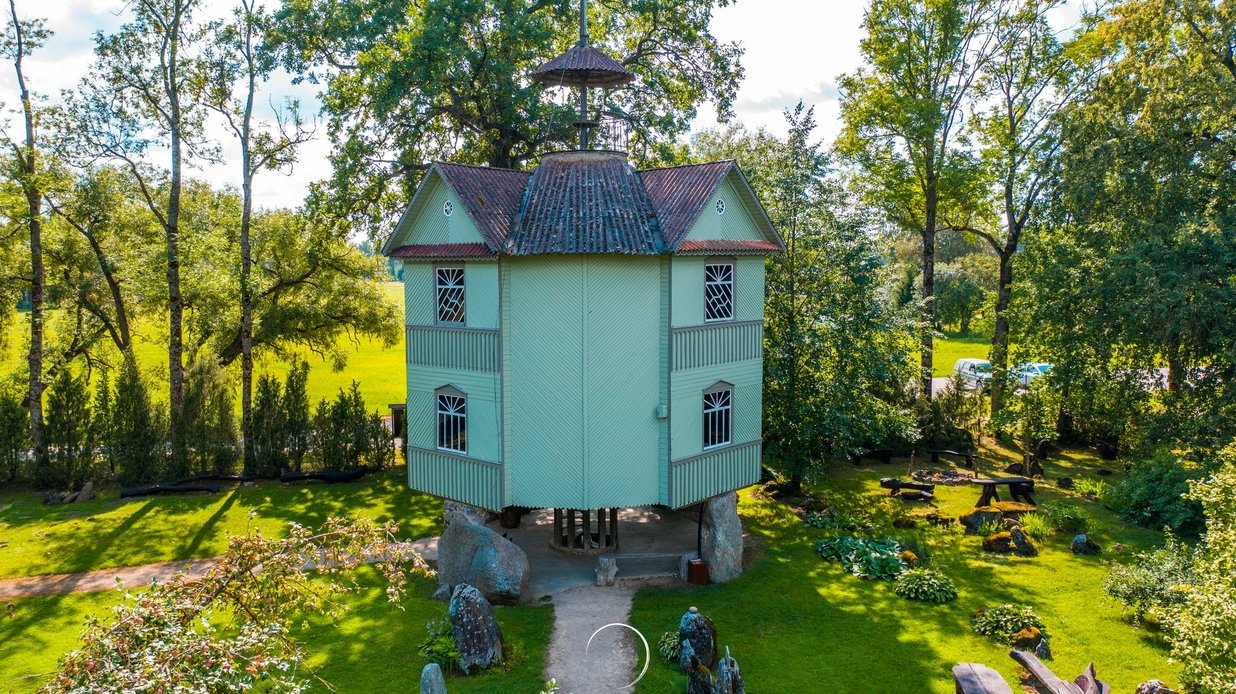
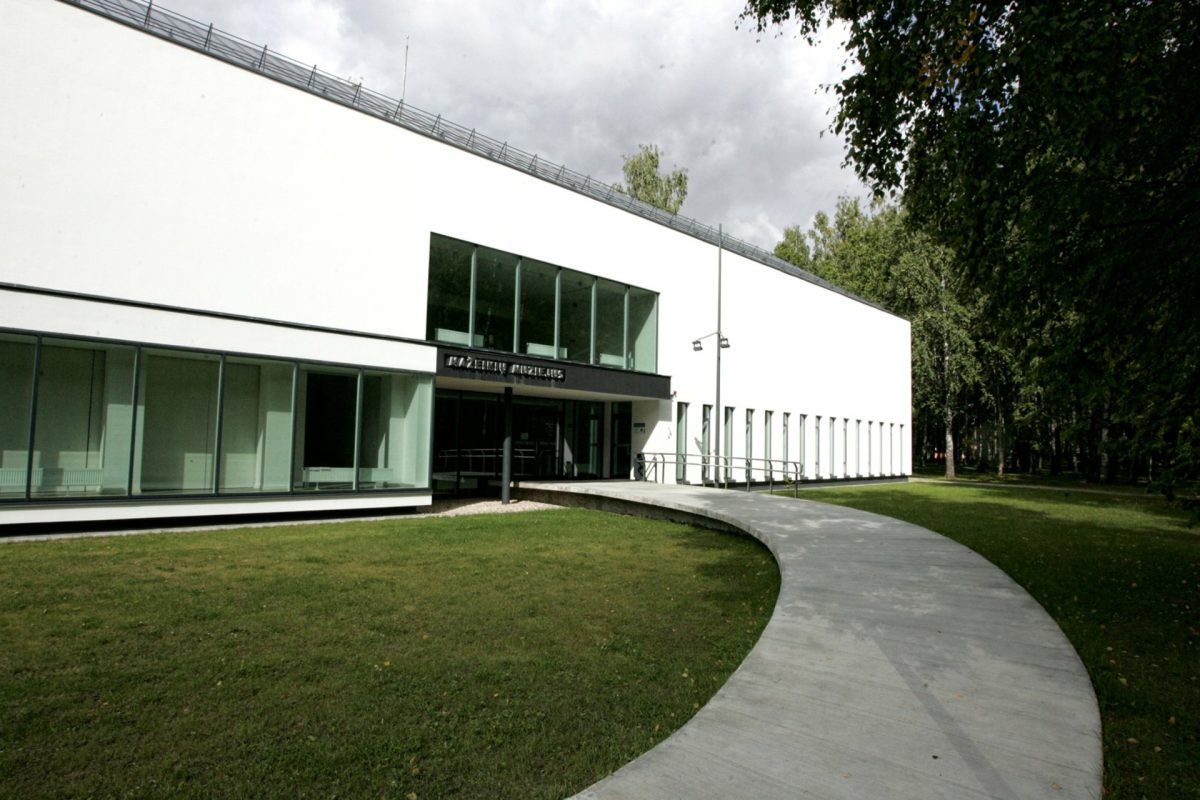
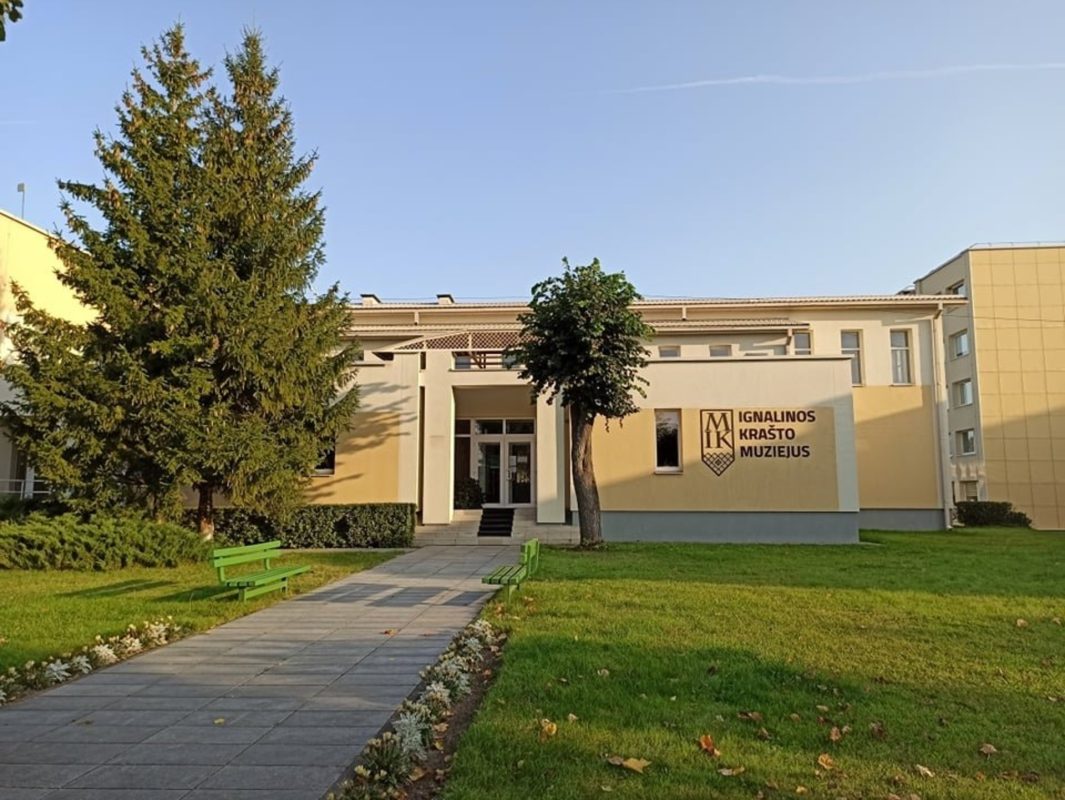


.jpg)
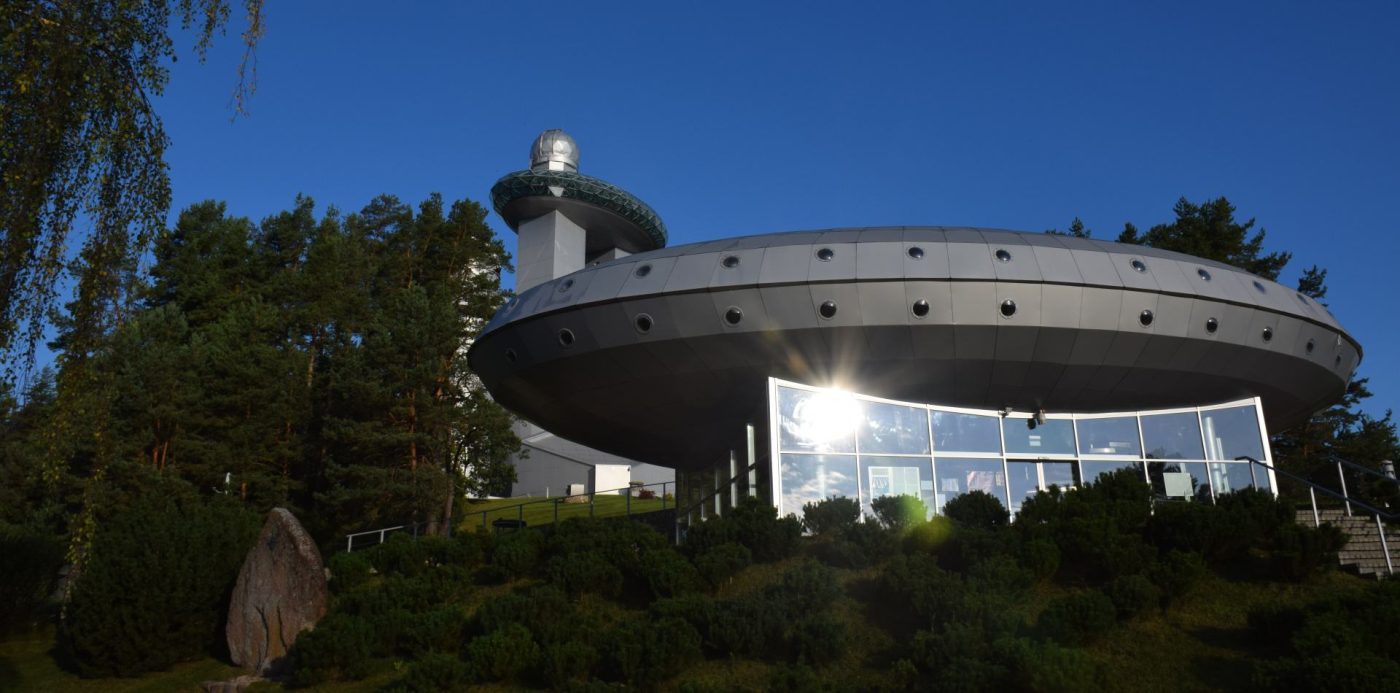
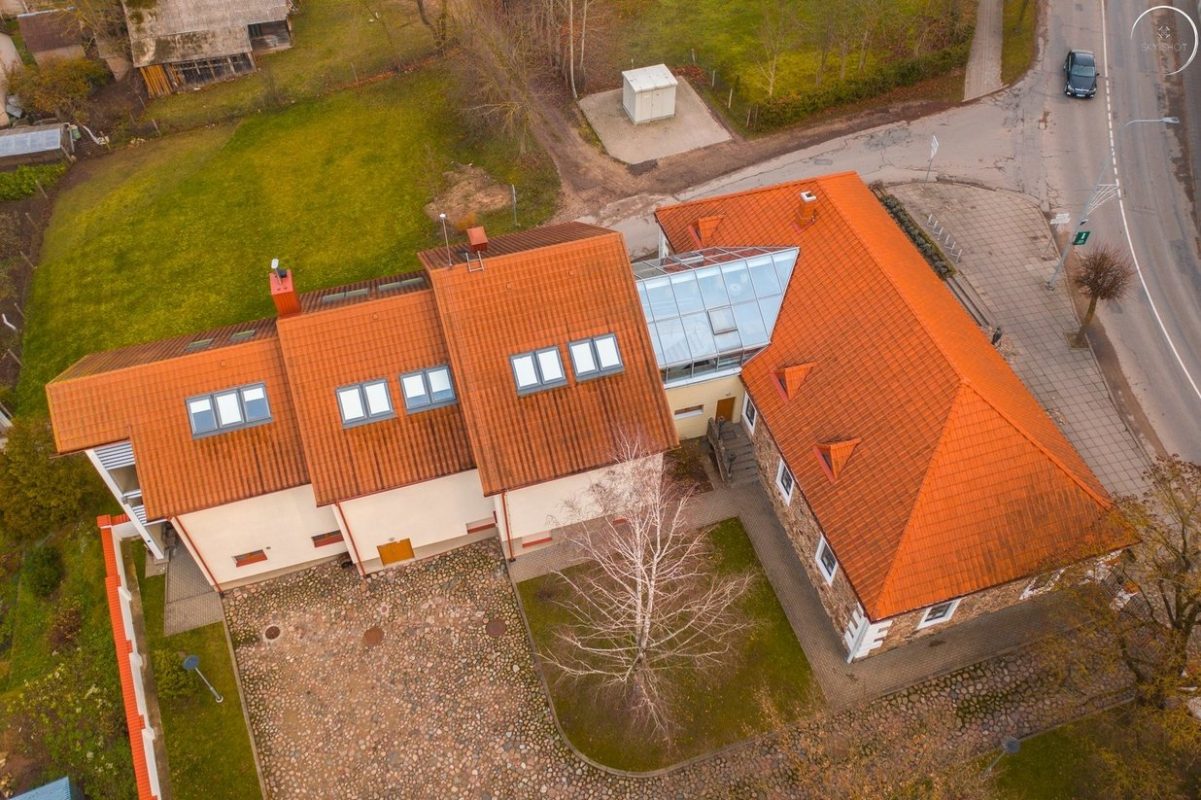

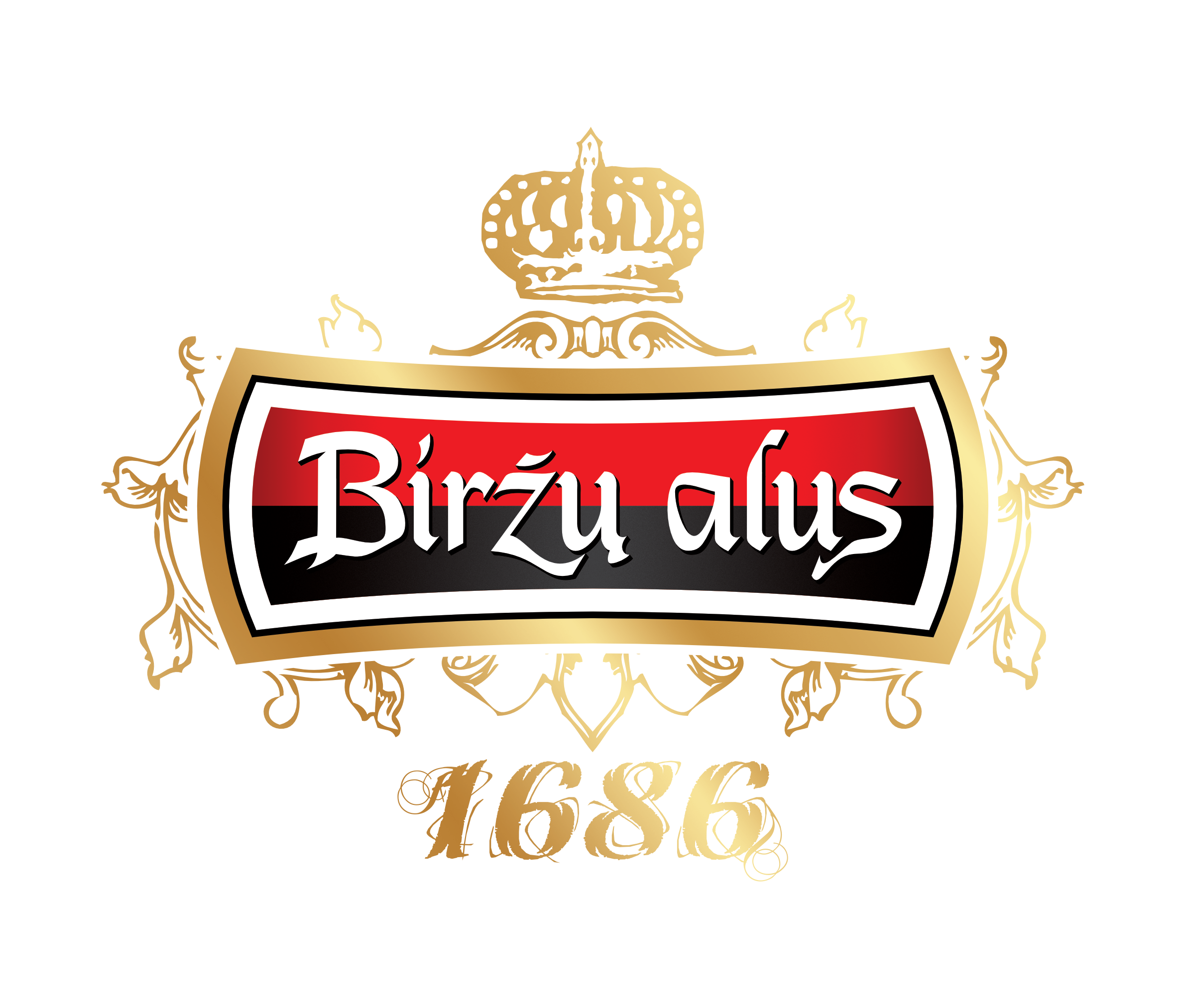
.jpg)
